Forward-Thinking Minds Target Tech Innovation
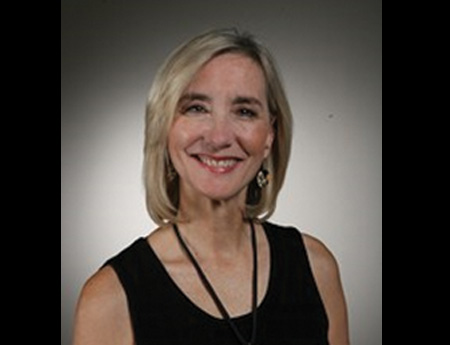
It has taken a long time, but the growing chatter about disruption in the TV industry, for 10 years a staple topic in the blogosphere, has finally become more of an action item throughout the business. Declining TV viewing, a sluggish advertising market and the launch of a number of new alternative distribution services, such as HBO Now, have exposed cracks in traditional business models.
Where all of this is headed remains a hotly debated issue. But few would doubt that these developments have led to technology shifts. The leadership behind those moves—demonstrated by B&C’s annual Technology Leadership Awards—is more important than ever.
In fact, the 2015 award-winners, who will be honored April 13 during the NAB Show in Las Vegas, represent several areas that are central to the future of innovation in the industry. Two pacesetters have earned kudos for their work on industry-wide standards, which are increasingly crucial in helping companies rapidly deploy new technologies and take advantage of changing consumer tastes. Several others have deep backgrounds in digital media, where they have shown there can be a big payoff for networks and stations that embrace newer media or have been savvy innovators in applying technologies to the news business. A few even display an old-fashioned love of learning and tinkering, an impulse that was evident both in the early days of broadcast TV as well as in more recent advances in computers and software.
One thing these leading executives have in common—their curiosity and passion for technology bodes well for the future of TV.
WENDYAYLSWORTH
Senior VP of technology, Warner Bros. Technical Operations
Wendy Aylsworth'sextensive work on standards during the last two decades highlight the crucial role that standards play in helping TV and entertainment companies capitalize on new technologies.
“I had two loves as a child,” Aylsworth says. “One was music and one was math and science.” Initially in college, she hoped to be a professional flute player but switched her major to engineering and computers after realizing that that wasn’t quite good enough. “My father always said that computers were the thing of the future and that I’d be good at it,” she says.
Broadcasting & Cable Newsletter
The smarter way to stay on top of broadcasting and cable industry. Sign up below
He was right. After college, Aylsworth spent 15 years in the aerospace industry, where she honed her skills in computers and software before moving to Disney in 1989. Here, Aylsworth developed software for theme park rides and directed the engineering efforts for the company’s animation until 1994, when she joined Warner Bros. and built a cutting-edge digital production operation for the studio’s new Feature Animation division.
In 1999, she moved to Technical Operation. “I began focusing on new technologies that were coming down the pike that might impact the company,” she says. “We wanted to figure out how to deal with them to improve production processes and try to understand where the consumer was going so the company could create products that can entertain consumers on all their devices.”
That focus led to her doing increased work on standards at the Advanced Television Systems Committee, in areas such as high-definition TV; and at the Society of Motion Picture and Television Engineers (SMPTE). One notable achievement was her work chairing the SMPTE committee that created the first standards for Digital Cinema. But in addition to her work at Warner Bros., she also served as engineering VP of SMPTE, where she oversaw standards activity, and restructured the organization’s standards committees so that they could better address newer technologies. In 2012, she was elected president of SMPTE, becoming the first woman to assume that office the following year.
While Aylsworth’s past work at the studios and SMPTE would easily earn her a B&C Technology Leadership Award, her ongoing work has had even bigger positive implications for the industry. “A lot of our focus is on the next generation of the consumer experience,” in areas like UltraHD, immersive audio, high dynamic frame rates and wider color gamut, “to take the original UHD standard and bring to the consumer a whole new experience,” she says.
KEVINCONROY
Chief strategy and data officer, and president, enterprise development, Univision Communications
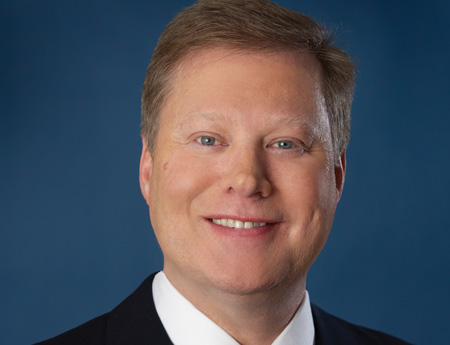
Kevin Conroy joins the 2015 class of Technology Leadership Award winners with a career of innovation that stretches back to the music industry in the mid-1990s, through groundbreaking work at AOL, and more recently his time at Univision, where he spearheaded an aggressive and successful charge into digital media.
“I think I’ve always been drawn to disruption,” says Conroy, who started his career in home video in the early 1990s at a time when there were major concerns about how the medium might upend the Hollywood studios. He then moved into the music business at BMG Entertainment, where his team was among the first to use CD-ROMs and the Internet to promote artists. In 2001, he joined AOL, where he won kudos for revamping their products for iOS platforms and his teams built AOL Music and the award-winning AOL Radio for iPhone.
In 2009, he joined the Hispanic programmer, Univision, seeing an opportunity to work in a company that focused on one of the most tech savvy groups in America. “It is clearly the fastest-growing audience in the U.S. and one that over-indexes on all things mobile relative to the general market,” Conroy says.
“As early as 2009, before it became a popular phrase, we started focus on mobile-first,” as Univision planned new digital products, he adds. Thanks to that focus, about 70% of Univision’s digital audiences are now accessing content exclusively on a mobile device.
The company also became an early advocate of over-the-top services, TV Everywhere offerings and video streaming with the launch of its digital video network UVideos and the digital audio product Uforia.
That has laid the foundation for some of the impressive digital growth in the TV industry, with Univision’s digital platforms averaging 25 million video views per month across online, mobile and apps in the fourth quarter of 2014. In February 2015, Univision Digital had 7.6 million uniques.
In 2014, those successes led to his expanded current role, where he is working to use big data and personalization to further improve their digital offerings. “In the last 15 years, the industry has tackled the technology problems of delivering high quality video at scale,” he says. “Now the big question is how we can deliver more personalized experiences and get closer to the consumer.”
MARKHALE
Executive VP, global operations and chief technology officer, Scripps Networks Interactive
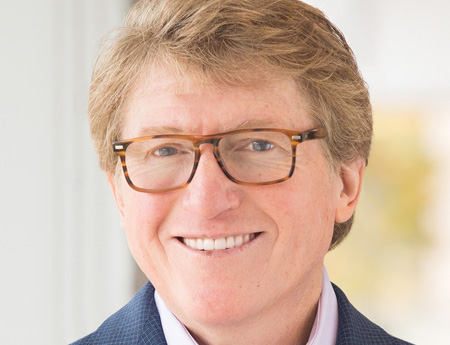
Mark Hale's Technology Leadership Award rests on more than 30 years of involvement in cable and TV technologies that goes back to his work in the 1980s at cable systems and stretches through early work with cable programmers and then Scripps, where he has held top tech positions since 1994. Hale originally wanted to go into audio recording, but changed course after working as a volunteer on a public access channel. That led to an internship and then a full-time job as a cable engineer, where he became a notable example of self-taught tech leaders who helped build the multichannel industry in the 1980s and ’90s.
“There weren’t a lot of formal degree programs in those days for television engineering,” says Hale, who remembers staying up until 3 a.m. reading about topics such as frame synchronization. “It was sort of the seat-of-the-pants school of hard knocks. You learned as you got involved and I was soon hooked.”
His work so impressed his superiors that he was brought to the L.A. area to build a new head-end. But he longed to get back into studio work and in 1987 joined the original management team of Movietime to build a state-of-the-art facility for the channel, which would eventually become E! Entertainment Television.
In 1994, he joined EW Scripps, where he oversaw the construction of a new facility for the launch of HGTV and then the technical infrastructure for a growing portfolio of channels, which include Food Network, DIY Network, Cooking Channel, Travel Channel and Great American Country.
“We’ve been able to learn from each of these builds and leverage that experience to constantly improve operations,” says Hale, whose teams have won a number of awards, including a technology and engineering Emmy for pioneering innovations in media delivery confirmation systems.
That tradition of innovation is particularly evident in coming plans for a new broadcast center in Knoxville Tenn. “It will allow us to very rapidly respond to the demands for new platforms,” he says.
Much of this innovation, Hale stresses, rests on the Scripps corporate culture and Hale says he is most proud of the culture of innovation at the company and the skills of long-standing coworkers. “As I come up to my twenty-first anniversary at Scripps, I’ve got six members of my team who have worked with me since my days at Movietime,” he says.
SCOTTLIVINGSTON
VP of news, Sinclair Television Group
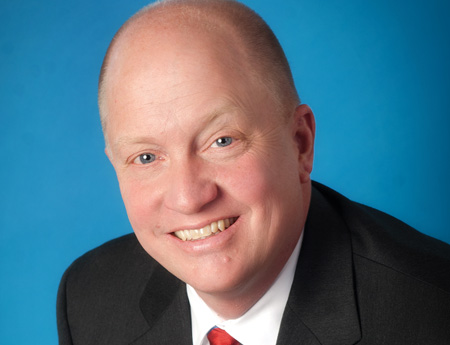
A few important numbersillustrate Scott Livingston’s lauded degree of innovation. Three years ago, when he was promoted to the top news post at Sinclair, he says the company had 16 news operations; today it has 63, producing over 2,200 hours of local news per week across the group. “In the last 18 months alone, we’ve expanded our news presence in 17 market,” he says.
“I think technology is key to the expansion of our news operations and the culture change we’re making of being a 24/7 content center,” adds Livingston, who says he is “joined at the hip” with the company’s two top technologists, Del Parks and Harvey Arnold, both of whom have won B&C Tech Leadership Awards in the past. “We are investing in new technologies to create more content for all platforms. If we are going to move forward as a content leader, we have to embrace technology.”
Livingston’s focus on technology began early. After deciding he wanted to get into TV news as a kid, he landed his first job in 1984 as a cameraman at WBOC in his hometown of Salisbury, Md. “When we got hit with a blizzard on Super Bowl Sunday, I was one of three tech people in the building and ended up directing five or six hours of continuous snow coverage,” he says. “After working around the clock for two and a half days, I knew this was what I wanted to do.”
After further honing his skills at WLKY in Louisville and WMAR in Baltimore, Livingston moved to Sinclair’s WBFF in 1991 as chief photographer when the station launched its news operations and soon expanded his duties, being named the station’s assistant news director in 1997, news director in 2002 and then GM/news director of WBFF in 2009. He and his team racked up numerous Emmys, as well as the 1999 national Edward R. Murrow Award, an Alfred DuPont Columbia University Excellence in Journalism award, and prizes for his camera work from the National Press Photographer Association and the Associated Press.
But for all his love of technology, Livingston remains the self-described “content guy. I don’t think there is anything better than a great story,” he says. “My proudest moment is knowing I helped build a culture where passionate storytellers push, encourage and challenge each other day in and day out.”
TOMO’BRIEN
Executive VP, digital media and chief revenue officer, Nexstar Broadcasting Group
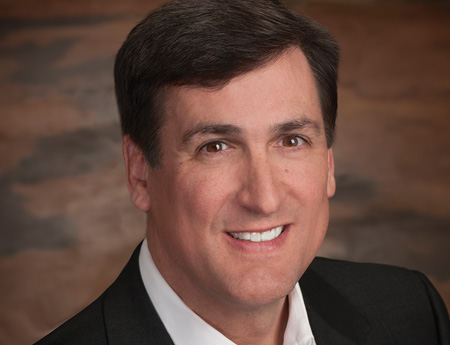
With broadcaster stations under increased pressure to ramp up their digital offerings and reinvent themselves as multiplatform local media companies, the career of Tom O’Brien provides a sterling example of the kind of industry leading innovation that will be required to achieve those goals.
O’Brien’s efforts are particularly noticeable at Nexstar, where he has been spearheading an ambitious expansion of their digital offerings. They are also evident at every stage of his long career in broadcast TV.
O’Brien got his first station job as a producer/director in 1983. He then worked in sports production before joining Viacom in 1989 in sales, where he rose to become GM at WVIT. After NBC acquired the station, he continued on as president and GM at WVIT before assuming similar titles at KXAS in Dallas and WNBC in New York. In 2010, he moved to the cable world as executive VP and chief revenue officer for CNBC, where he launched their digital sales operation.
“Digital played an important role in all my GM jobs,” O’Brien says. “NBC was knowledgeable and aggressive in digital early on and by the late 1990s, early 2000s, we were actively developing strategies for the websites,” he says.
For example, during his stint in Dallas at KXAS from 2001-08, nbc5i.com became one of the most trafficked station sites in the country. O’Brien overseeing the transformation of KXAS into a regional operation center that included the NBC graphics hub and the Fort Worth-based Telemundo Production Center. Later, between 2008-10, he spearheaded the transition of WNBC into a multiplatform local news provider.
That work has also produced numerous awards, including an Emmy for Overall Station Excellence in 2008, a NATAS Emerging Media Award for nbc5i.com and an Edward R. Murrow Award in 2007 for O’Brien and his teams.
Similar success has followed at Nexstar, which he joined in November 2013. Site visits were up 60% in 2014, compared to 2013, while unique visitors have climbed 35% and digital revenue increased by 51% in 2014. In a marketplace where many stations bring in only 2%-4% of their revenue from digital, digital’s share of Nexstar’s revenue will likely hit double-digits in 2015.
Nexstar has also been acquiring content management system providers, which were consolidated into a new company, Lakana, and it has just launched Tactive Digital to provide digital marketing services. “We see it as a large revenue opportunity,” he says.
DAVESIEGLER
VP technical operations, Cox Media Group
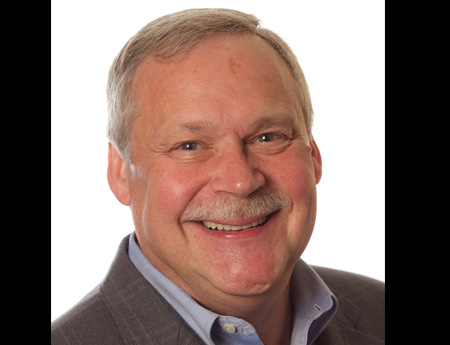
Curiosity and a lifelongpassion for learning new technologies has taken David Siegler from a kid who loved tinkering with electronics to being a self-taught broadcast engineer and ultimately the top tech position at the Cox broadcast stations, where he’s established a reputation as one of the industry’s leading technologists.
“I was interested in electronics, radios and communications from a young age,” says Siegler. “I was one of those ‘tinkerers’ who in my teen years was always building Heathkits and putting things together.”
That led to work in electronics repair and then a part-time job at WJKS in Jacksonville, Fla., in 1984. “I started out as a bench tech, learning about cameras and all the different parts of the broadcast chain,” he says. By the mid-1990s, his enthusiasm for learning and improving his tech skills led to supervisory roles and ultimately the top engineering post at WSOC-TV Charlotte in 2005.
Like some other “tinkerers” and self-taught tech leaders of his generation, Siegler has long complemented his passion for learning with involvement in industry forums as a way of networking and honing his skills. “I joined SBE [Society of Broadcast Engineers] fairly early in my career and then joined SMPTE,” where he was on the board for several years, he says. He was eventually named an SMPTE fellow, part of an elite group of technologists that the organization says have achieved an “outstanding rank” in the industry. He’s also been very active in the Advanced Television Systems Committee, where he serves on its board. “Cox is a big advocate of being involved in communities, which includes professional communities,” he says. “So I’ve put a lot of effort into those organizations.”
In addition to this standards work, Siegler has enjoyed a long history of innovation, particularly in the news arena and the transition to HD. “We were pioneering and early adopters of wireless backpack technologies for beta tests,” he says, and they’re always looking for new technologies to improve their newsgathering and news operations. “We have such a big focus on news and newsgathering at Cox,” he says.
And, as always, he works doggedly to keep his staff and himself up to date on technologies and trends. “You have to keep learning to be successful these days because technology is changing faster than ever before,” he says.
